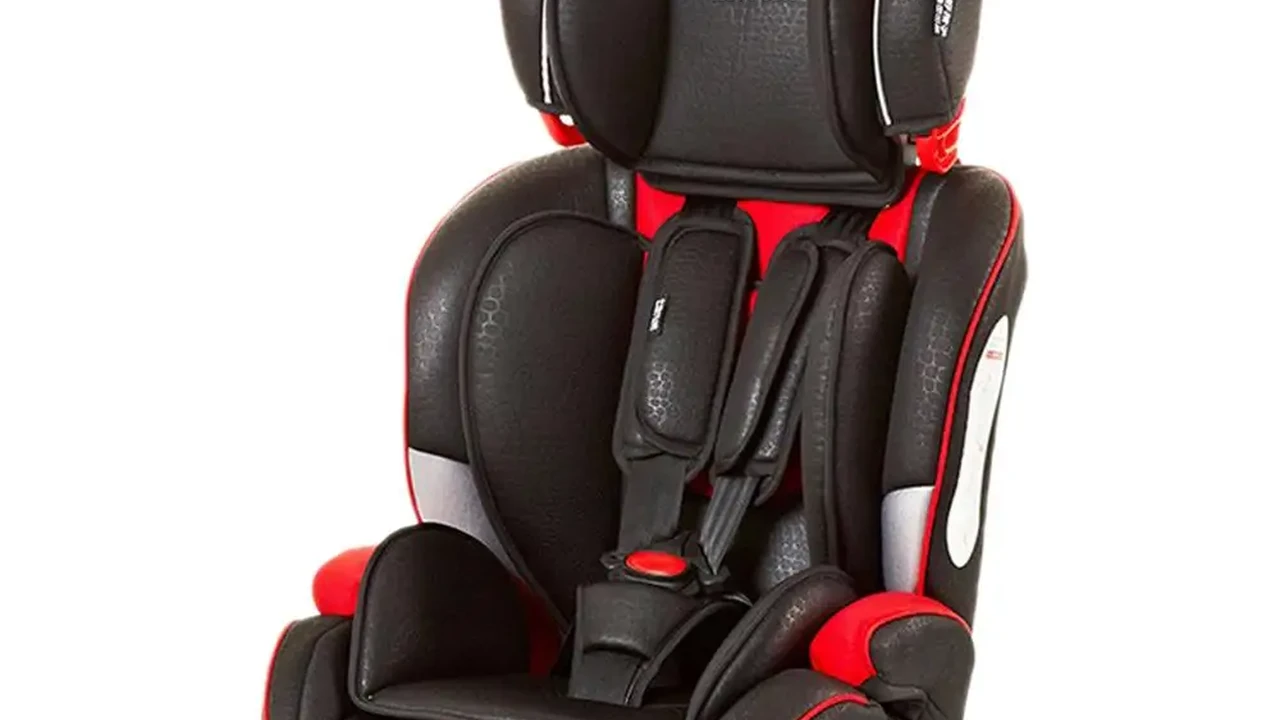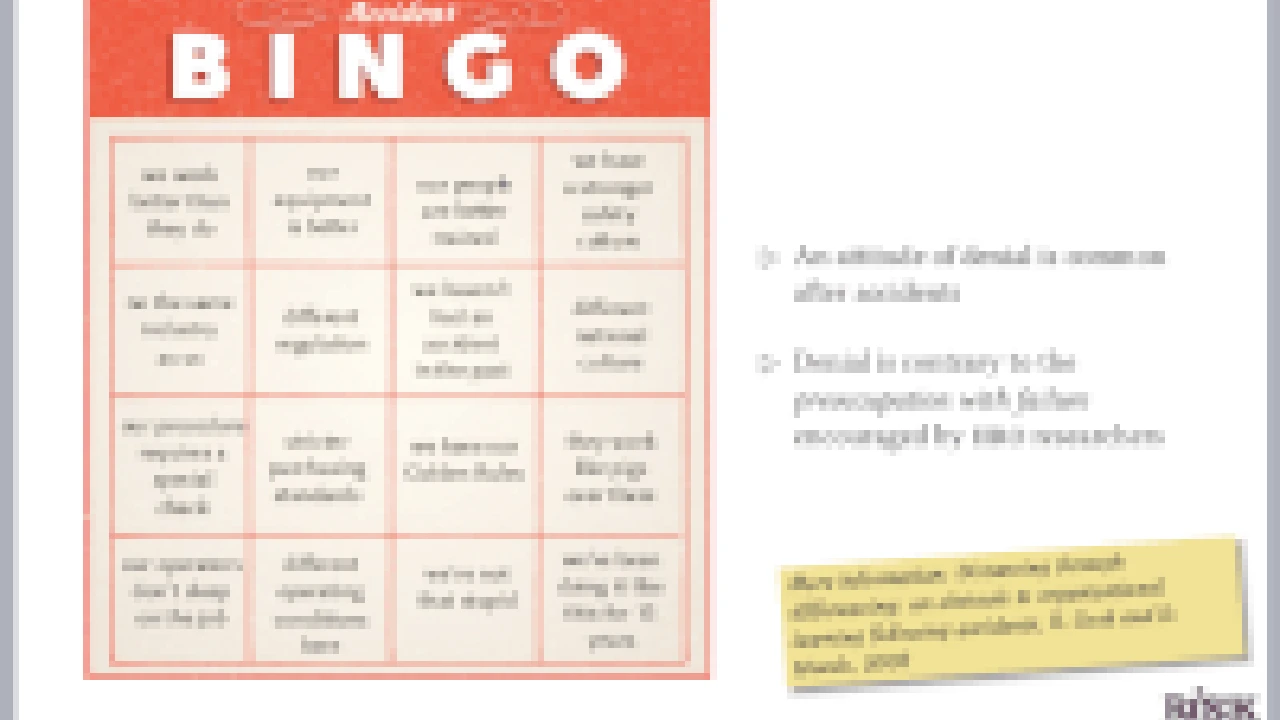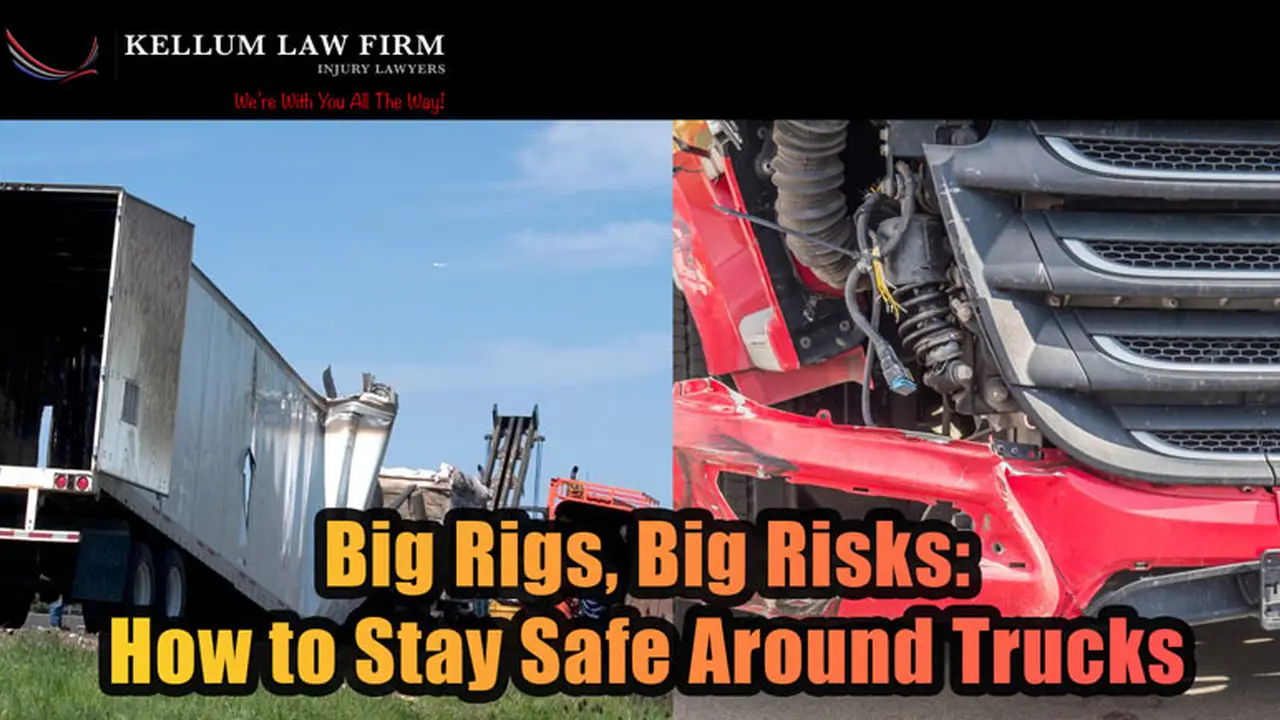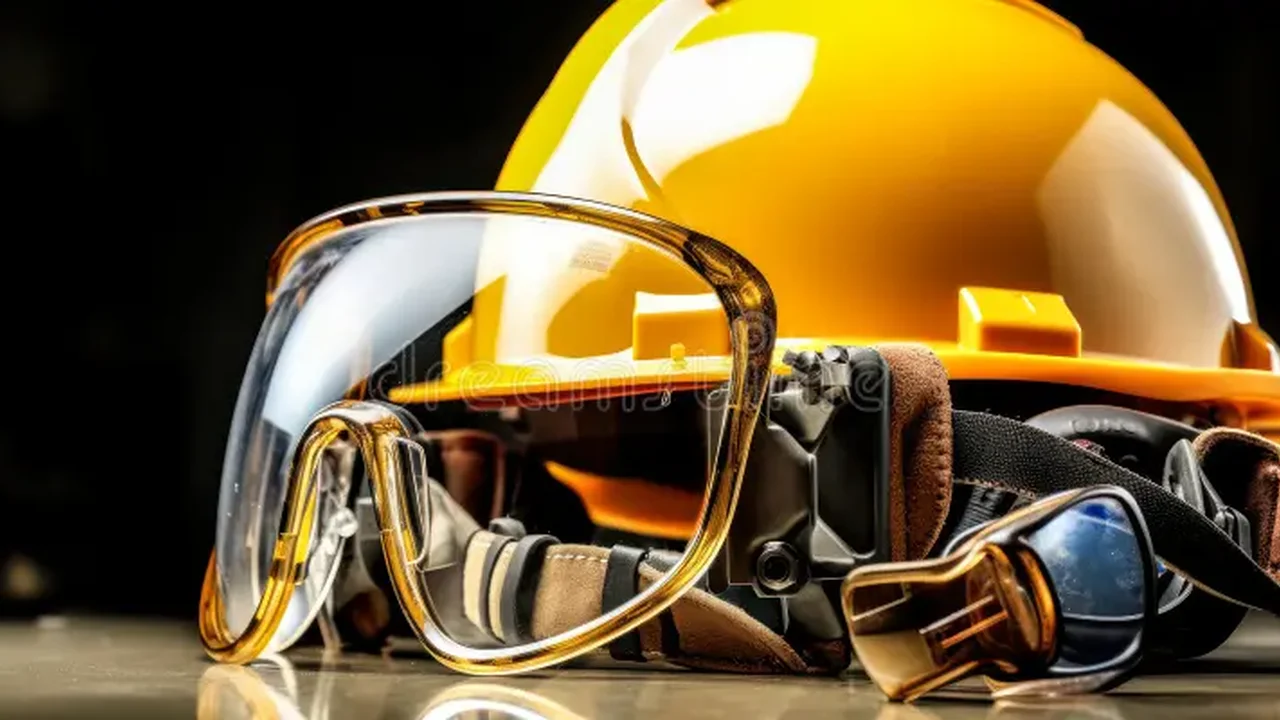Child Safety Seats: Choosing the Right Seat for Your Child
Sample meta description.

Understanding Child Safety Seat Types and Age Recommendations Child Car Seat Guide
Okay, so you're expecting a little one, or maybe your current car seat is looking a little…outgrown. Choosing the right car seat can feel overwhelming. There are so many options, and safety is paramount, right? Let’s break it down. The most important thing is that your child's car seat fits them correctly and is installed properly. This isn’t just about ticking a box; it’s about protecting your precious cargo.
There are generally four types of car seats, each designed for different stages of a child's growth:
- Rear-Facing Car Seats: These are for infants and young toddlers. They protect the baby’s head, neck, and spine in a crash.
- Forward-Facing Car Seats: Once your child outgrows the rear-facing seat (by weight or height limits), they move to a forward-facing seat with a harness.
- Booster Seats: When the child is too big for a forward-facing harness seat, they transition to a booster seat, which helps position the seat belt correctly.
- All-in-One Car Seats: These seats can convert from rear-facing to forward-facing to booster, offering a longer lifespan.
The American Academy of Pediatrics (AAP) offers guidelines, but always check the specific instructions for *your* car seat and *your* car. Generally, they recommend:
- Rear-facing: As long as possible, until the child reaches the highest weight or height allowed by the car seat manufacturer. Many seats now accommodate children up to 40 or even 50 pounds in the rear-facing position!
- Forward-facing: After outgrowing the rear-facing seat, use a forward-facing car seat with a harness until they reach the seat's weight or height limit. This is often up to 65 pounds or more.
- Booster seat: Once they outgrow the forward-facing seat, use a belt-positioning booster seat until the adult seat belt fits properly (typically when they are 4 feet 9 inches tall and between 8 and 12 years old).
- Seat belt alone: Only when the child is big enough to fit properly in an adult seat belt.
Top Rated Infant Car Seats Reviews and Recommendations
Let's talk specifics. If you're expecting, you'll need an infant car seat. These are designed for newborns and small babies. They're typically rear-facing only and often come with a base that stays installed in the car, making it easy to click the seat in and out. Here are a few popular choices:
- Chicco KeyFit 30: This is a classic for a reason. It's easy to install, has a good safety rating, and is relatively affordable. Expect to pay around $230-$280. It's great for everyday use and fits well in most vehicles. The KeyFit 30 features a five-point harness, energy-absorbing foam, and a level indicator for easy installation. Its compatibility with Chicco strollers makes it a convenient travel system.
- Graco SnugRide SnugLock 35 LX: Another popular option, the SnugRide offers easy installation and a comfortable ride for baby. It often goes on sale, making it a budget-friendly choice. Around $180-$250. The SnugLock technology ensures a secure installation with a simple click. It also includes a rotating canopy and adjustable headrest for added comfort and convenience.
- UPPAbaby Mesa: If you're looking for something a bit more premium, the Mesa is a great choice. It's known for its ease of installation and luxurious fabrics. However, it comes with a higher price tag, usually around $300-$350. The Mesa features a self-retracting latch system for quick and accurate installation. Its breathable fabrics and adjustable headrest provide superior comfort for your baby.
Usage Scenarios for Infant Car Seats:
- Everyday Errands: Taking the baby to doctor's appointments, grocery shopping, or visiting family.
- Travel: Infant car seats are essential for safe car travel, whether it's a short trip across town or a longer road trip. Some are even FAA-approved for use on airplanes.
- Travel Systems: Many infant car seats are compatible with strollers, creating a convenient travel system for parents on the go.
Forward Facing Car Seats with Harness System Safety Features and Recommendations
Once your little one outgrows the rear-facing seat, it's time for a forward-facing car seat with a harness. These seats offer more protection than booster seats for younger children. Again, check the weight and height limits of your specific seat.
- Britax Grow With You ClickTight Harness-2-Booster: This seat is a popular choice because it transitions from a forward-facing harness seat to a booster seat. It's known for its easy installation and comfortable design. Expect to pay around $300-$350. The ClickTight Installation System makes it easy to achieve a secure installation every time. It also features a nine-position harness and two-position buckle for added comfort and safety.
- Graco Nautilus 65 LX 3-in-1 Harness Booster: Another versatile option that can be used as a forward-facing harness seat, a highback booster, and a backless booster. It's a good value for the price, typically around $150-$200. The Nautilus 65 LX includes a five-point harness, adjustable headrest, and multiple recline positions for optimal comfort and safety. Its durable construction ensures long-lasting use.
- Evenflo Maestro Sport Harness Booster: This is a more budget-friendly option that still offers good safety features. It's lightweight and easy to move between cars. Around $80-$120. The Maestro Sport features a five-point harness, adjustable headrest, and side impact protection for enhanced safety. Its compact design makes it ideal for smaller vehicles.
Usage Scenarios for Forward-Facing Car Seats:
- Daily Commutes: Taking the child to daycare, school, or extracurricular activities.
- Long Road Trips: Ensuring the child's safety and comfort during extended car rides.
- Car Pools: Providing a safe and secure seating option for children riding with friends or family.
Booster Seats High Back and Backless Options Choosing the Right Fit
When your child is big enough to use a seat belt, but still too small for it to fit properly, a booster seat is the answer. Booster seats raise the child up so that the seat belt fits correctly across their chest and hips, not their neck and stomach.
- Graco Affix Highback Booster Seat with Latch System: This booster seat is a solid choice. It's easy to use and features LATCH connectors to keep it in place when the child isn't in the seat. Around $80-$120. The Affix Highback Booster Seat includes a one-hand adjustable headrest, open-loop belt guides, and side impact protection for enhanced safety and comfort. Its LATCH system ensures a secure installation.
- Peg Perego Viaggio Flex 120: A premium booster seat that offers excellent safety features and a flexible design. It can be folded for easy storage and transport. Expect to pay around $250-$300. The Viaggio Flex 120 features a four-position recline, adjustable side impact protection, and a breathable fabric for added comfort. Its flexible design allows for easy storage and transport.
- BubbleBum Inflatable Booster Seat: A unique and portable option that's perfect for travel or carpooling. It inflates easily and deflates for compact storage. Around $30-$40. The BubbleBum Inflatable Booster Seat is lightweight and portable, making it ideal for travel and carpooling. It meets all US Federal Motor Vehicle Safety Standards and provides a comfortable seating position for children.
Usage Scenarios for Booster Seats:
- School Drop-offs and Pick-ups: Ensuring the child's safety during short trips to and from school.
- Carpooling: Providing a safe and appropriate seating option for children riding with other families.
- Travel: Offering a convenient and portable seating solution for vacations and trips.
All in One Car Seats Convertible Car Seats Long Term Car Seat Solutions
All-in-one car seats are designed to grow with your child from infancy to booster seat age. They can be used rear-facing, forward-facing, and as a booster seat, providing a long-term car seat solution.
- Graco 4Ever DLX 4-in-1 Car Seat: This seat is a popular choice for its versatility and long lifespan. It can be used as a rear-facing car seat, a forward-facing car seat, a highback booster, and a backless booster. Around $250-$300. The Graco 4Ever DLX features a ten-position headrest, six-position recline, and a Simply Safe Adjust Harness System for easy adjustments. Its durable construction ensures long-lasting use.
- Britax One4Life ClickTight All-in-One Car Seat: Another excellent all-in-one option that offers easy installation and premium safety features. It's known for its comfortable design and durable construction. Expect to pay around $350-$400. The Britax One4Life features the ClickTight Installation System, a steel frame, and a five-point harness for enhanced safety. Its adjustable headrest and recline positions provide optimal comfort for your child.
- Evenflo EveryStage DLX All-in-One Car Seat: A more budget-friendly all-in-one option that still offers good safety features and versatility. It can be used in multiple configurations and is easy to adjust. Around $180-$220. The Evenflo EveryStage DLX features a ten-year lifespan, adjustable headrest, and multiple recline positions for optimal comfort and safety. Its easy-to-adjust harness system makes it convenient to use.
Usage Scenarios for All-in-One Car Seats:
- Growing Families: Providing a single car seat solution that can accommodate children of different ages and sizes.
- Budget-Conscious Parents: Offering a cost-effective alternative to purchasing multiple car seats.
- Convenient Carpooling: Providing a versatile car seat that can be easily adjusted to fit different children.
Installation Tips and Common Mistakes Avoiding Child Safety Seat Errors
Even the safest car seat is useless if it's not installed correctly. This is HUGE. Many studies show that a significant percentage of car seats are installed improperly. Here are some tips to avoid common mistakes:
- Read the Manual: Seriously, read both the car seat manual AND your vehicle's owner's manual. They contain critical information about installation.
- Use LATCH or Seat Belt: You can use either the LATCH system (Lower Anchors and Tethers for Children) or the seat belt to install the car seat. Don't use both! Choose one or the other.
- Tighten Securely: The car seat should not move more than one inch in any direction when you tug on it at the belt path.
- Use the Tether: If you're using a forward-facing car seat with a harness, always use the top tether. This helps to prevent the seat from pitching forward in a crash.
- Get it Checked: Find a certified Child Passenger Safety Technician (CPST) in your area to check your installation. They can identify and correct any mistakes. You can find a CPST through the National Highway Traffic Safety Administration (NHTSA) website.
Car Seat Safety Recalls and Staying Informed Updated Child Car Seat News
Car seat recalls happen. It's important to stay informed about any recalls that may affect your car seat. You can register your car seat with the manufacturer to receive recall notices. You can also check the NHTSA website for recall information.
Car Seat Expiration Dates Understanding Car Seat Lifespan
Car seats have expiration dates. This is because the plastic and other materials can degrade over time, especially when exposed to heat and sunlight. The expiration date is usually printed on a sticker on the car seat. Do not use a car seat that is past its expiration date.
Used Car Seats Things to Consider Before Buying Used
Buying a used car seat can save you money, but it's important to be cautious. You need to know the history of the seat. Has it been in a crash? Is it expired? Does it have all of its parts? If you're unsure, it's best to buy a new car seat.
Cleaning and Maintaining Your Child's Car Seat Car Seat Care Tips
Keeping your car seat clean is important for hygiene and safety. Follow the manufacturer's instructions for cleaning. Generally, you can spot clean with mild soap and water. Do not use harsh chemicals or bleach. Do not remove the harness straps unless specifically instructed to do so in the manual.
Traveling with a Car Seat Airplane Travel and Car Seats
If you're flying with a baby or young child, it's best to use a car seat on the airplane. This provides the best protection for your child in the event of turbulence or an accident. Make sure your car seat is FAA-approved for use on airplanes. Some airlines may have specific requirements for car seat usage.
Car Seat Laws by State Understanding State Regulations
Car seat laws vary by state. It's important to be aware of the laws in your state and any states you may be traveling through. The laws typically specify the age, weight, and height requirements for car seat usage.
Child Safety and Car Seat Alternatives Safe Transportation Options
While car seats are the safest option for transporting children in cars, there are some alternatives, such as ride-sharing services that offer car seats. However, these options may not always be available or reliable. Always prioritize your child's safety when choosing a transportation method.
:max_bytes(150000):strip_icc()/277019-baked-pork-chops-with-cream-of-mushroom-soup-DDMFS-beauty-4x3-BG-7505-5762b731cf30447d9cbbbbbf387beafa.jpg)






